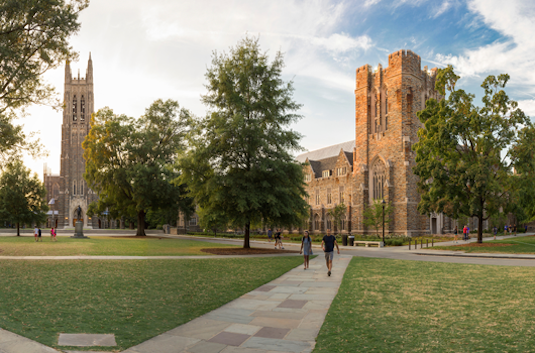Global inequalities in U.S. visa rejection rates: Evidence from the outcomes of U.S visa applications submitted over the past two decades.

This study uses data from the U.S. Department of State and other sources to examine inequalities in the use of visas to regulate population mobility to the United States. The results show that between 2006 and 2022, visiting visa rejection rates were higher for visa applications submitted in the Global South than for those submitted in the Global North. For example, results from mixed-effects regression models indicate that the rates in Africa were more than double those in Europe. Such differences were not explained by disparities in social, economic, and demographic factors. Across the globe, visa rejection rates were also higher in countries with larger populations, but lower in countries with high levels of Foreign Direct Investment and GDP per capita. Additionally, the results suggest that there were differential patterns of visa rejection observed in Europe, on the one hand, and in Africa and Oceania, on the other, based on the number of visas issued in the previous year. Overall, the study suggests that visas regulate migration in ways that make it more difficult for visa applicants in the Global South to enjoy the benefits associated with visiting the United States than their counterparts in the Global North.







